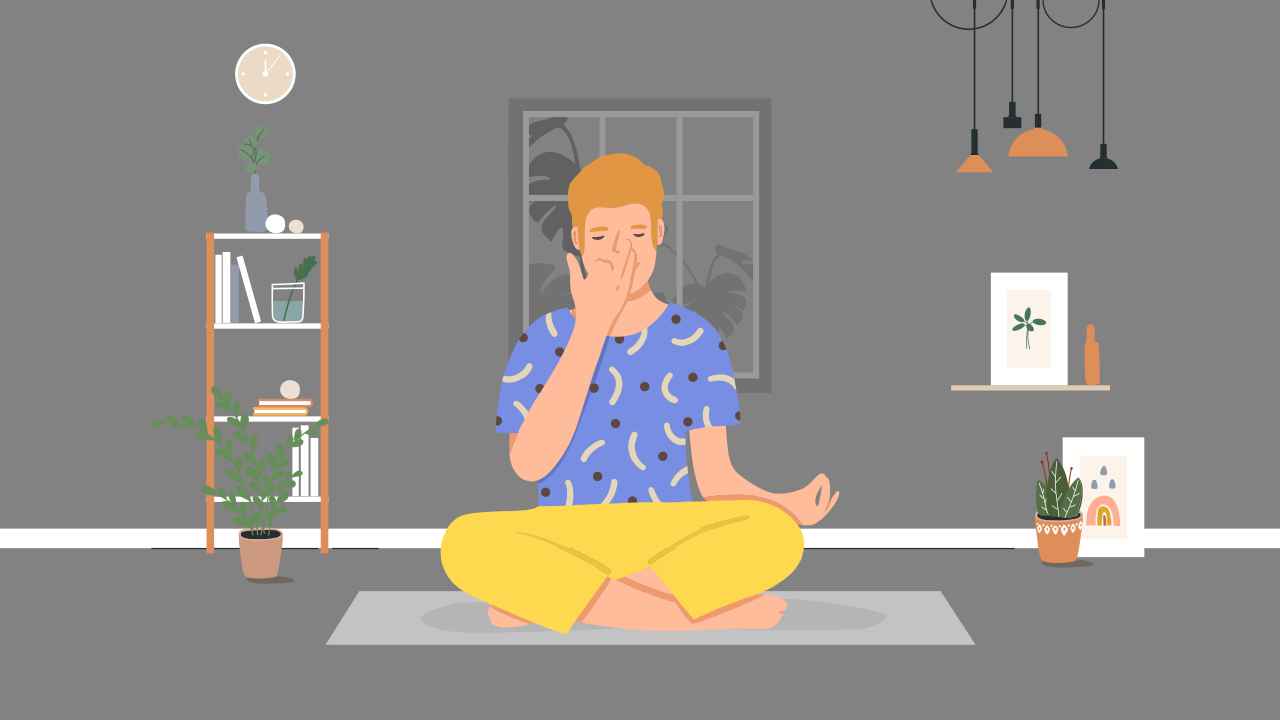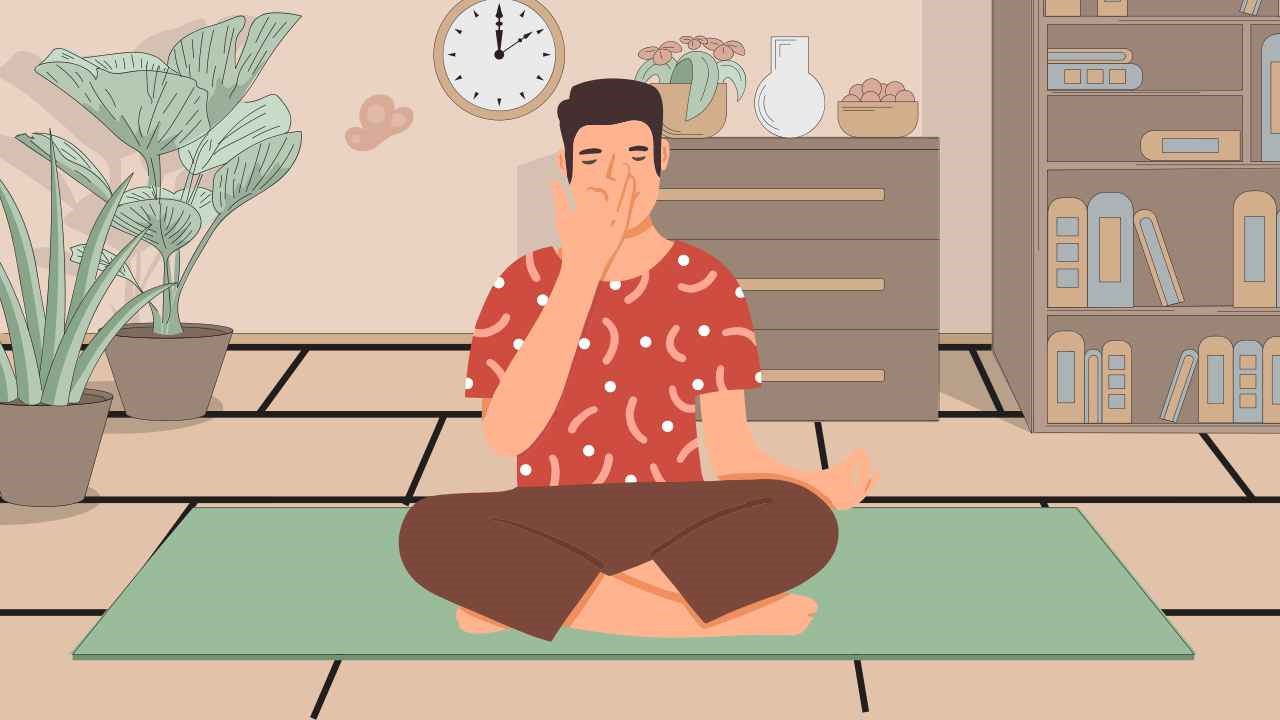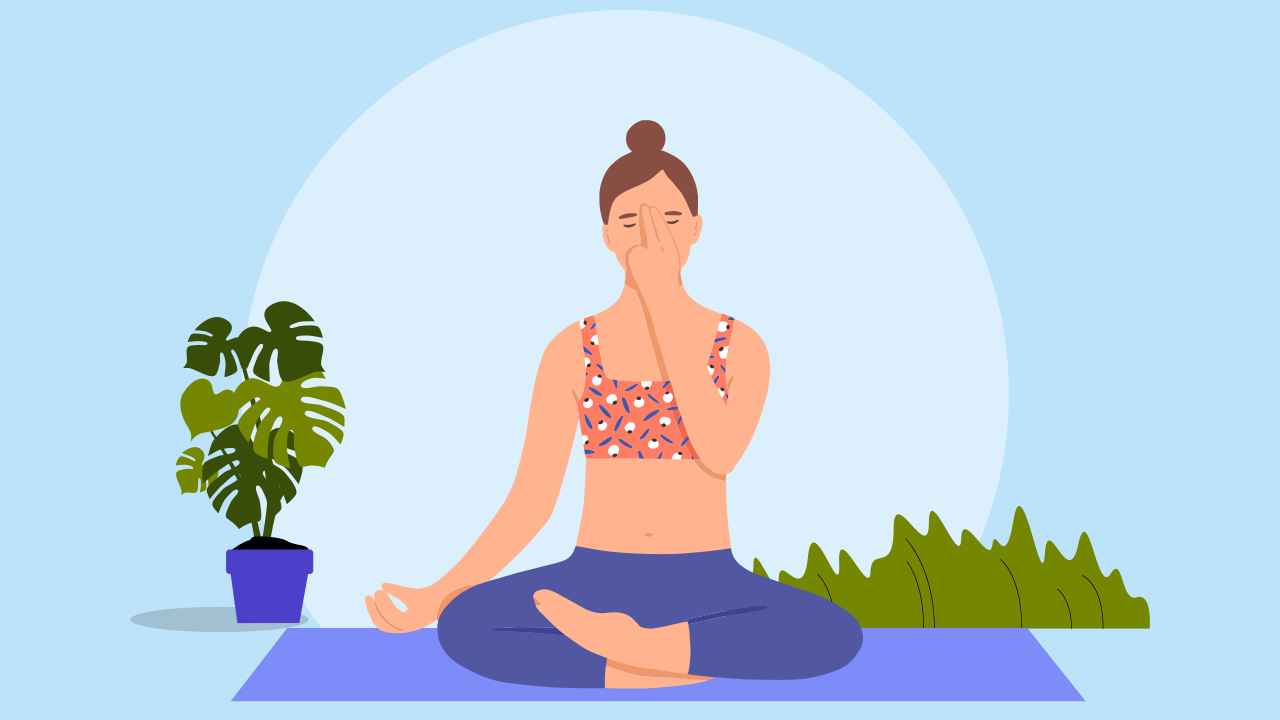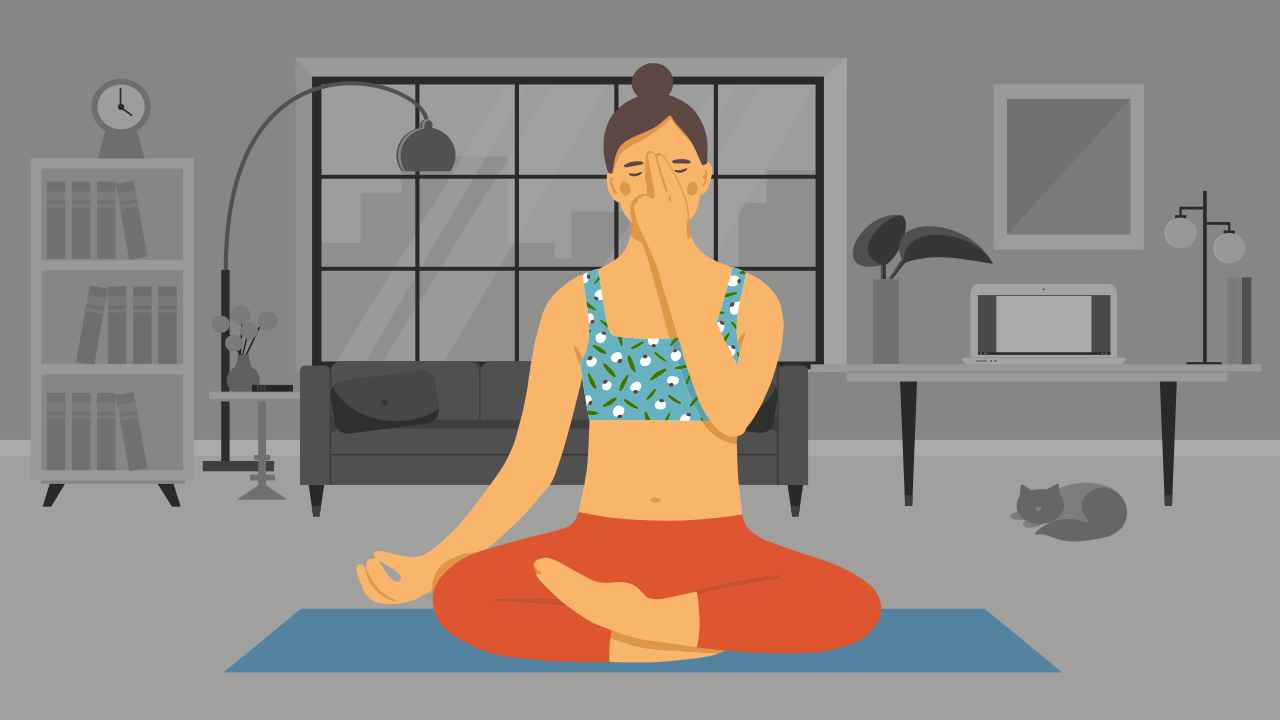
What Is the Difference between Yoga and Meditation?
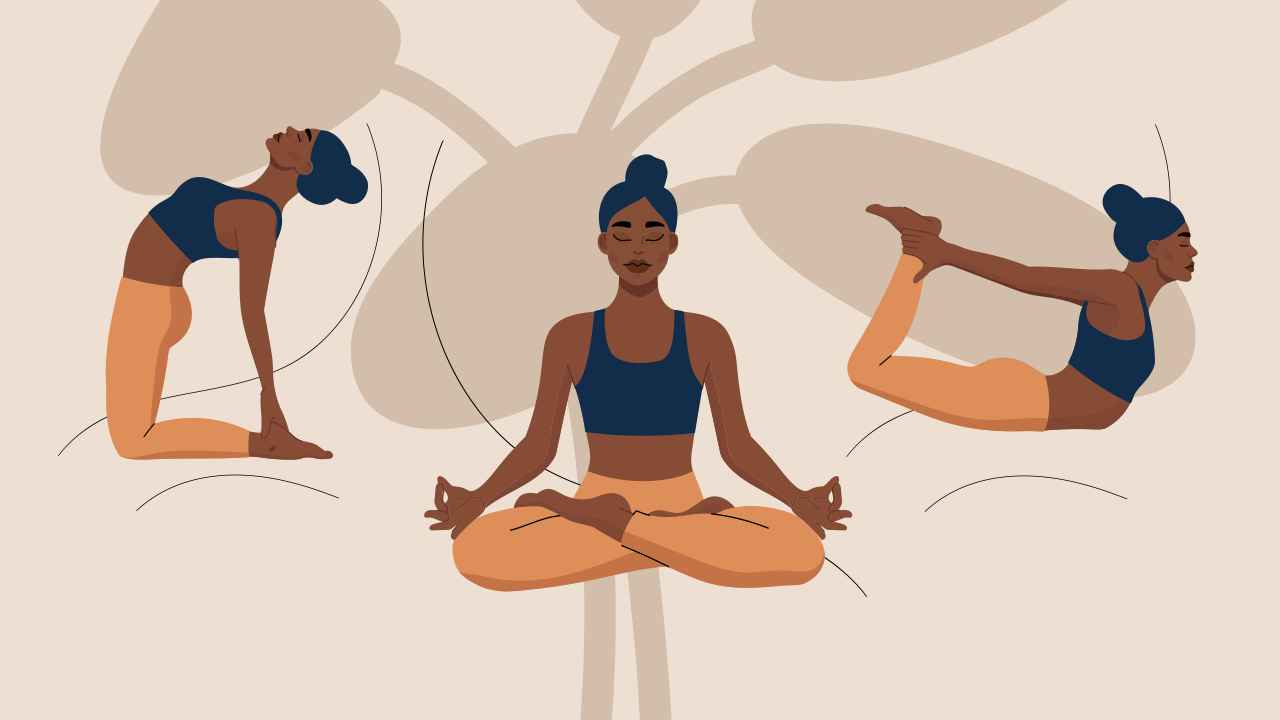
For most of us, going to a yoga class refers to engaging in the physical practice of asanas. There is a common misconception that yoga is all about bending, folding, stretching, and twisting into different shapes and postures. Although yoga uses asanas to discipline the body, it does not only revolve around that. So, then what does yoga entail? Read on to know.
What is yoga?
Yoga is a lifestyle, which has been followed by ancient yogis to attain physical, emotional, mental, and spiritual advancement. Yoga is holistic in nature. So, practicing it brings about an overall positive change within you. Even though your life may have different phases, it cannot be divided. So, you need an encompassing framework that leads you towards an enriched and fulfilled life.
Advantages of doing yoga
The daily practice of yoga is said to have innumerable benefits on your body and mind. A simple yoga practice can help you untap the vast potential of your body and mind. Here are the various positive points of doing yoga:

Do note that different forms of yoga are practiced around the globe, and not all of them may provide you with the aforementioned benefits. These pros are generalized and are derived from the practice of Ashtanga yoga or The Eightfold Path of Yoga.
What is The Eightfold Path of Yoga?
Maharishi Patanjali laid down the foundations of the eight-limb or eight-step system of yoga in his treatise, Patanjali’s Yoga Sutras. In Chapter 2, which is also called Sadhana Padh, he gives a detailed analysis of this eightfold path. It starts with Yama and Niyamas, which means the restraints and observances that are related to your social duties and involvements. They instill a strong value system into your life and lay down the basis for a solid foundation.
The next aspect that we come to is asanas, which are the physical postures that work on a physical plane; however, practicing them offers more merits than just physical benefits. Then, we proceed towards Pranayama, which involves improving the functioning of prana or bio-energy or the life force in your body through various breathing techniques. Next is Pratyahara, which is the abstraction of senses through the control of your senses, thereby asking you to dwell inwards.
The last three steps are Dharna (concentration), Dhyana (meditation), and Samadhi (self-actualization). These steps take you closer to the ultimate aim of yoga, which is a realization of the true nature of reality.
Here is a graphical representation of the eightfold path of yoga.

The first four steps (Yama, Niyama, Asana, and Pranayama) are called Bahiranga or external yoga, as they operate at the physical and material levels. The fifth step (Pratyahara) is a bridge between external and internal yoga. It focuses on the abstraction of the senses. The last three steps (Dhyana, Dharana, and Pratyahara) are known as Antaranga or internal yoga, as they take you inwards away from the materialistic world. This eight-point approach towards yoga clearly determines that meditation, just as asana, is a part of yoga. It emphasizes that the science of yoga includes different physical and mental exercises that help you maintain your health and well-being.
Meditation: An overview
Now, let us understand what meditation means.
What is meditation?
Meditation is a conscious state of mental being. It is a technique used for training the mind by relaxing, calming, and focusing it on one object internally or externally, thus developing awareness. In short, meditation is all about creating a heightened sense of awareness. When you meditate, you dedicate a certain amount of time and effort to being as mindful as possible of the object, so much so, that you become the object.
Meditation is this continued mental effort of maintaining concentration on a fixed point (object) for a prolonged period. Do not confuse this with Dharna ( concentration), which is the process of determining a particular object out of many. On the other hand, Dhyana (meditation) is all about maintaining your attention.
During meditation, your senses are not in a state of flux trying to grasp the object of concentration; rather, they enter the reality of the object
For instance, imagine that you are seated on a garden bench. You see a variety of flowers among the mix, but it is the rose that catches your attention. Now, as you immerse yourself into the study of the rose, your vision zeros on to its features like its scent, shape, texture, and color. You lose sight of everything and you feel as if you can see the rose in reality before your mind’s eye.
Now, you may wonder if this is even possible during a 10-minute guided meditation class. Well, the answer is no. It is impossible to attain this level of awareness and inner consciousness in a 10- minute class. So, there are different techniques in place that bring you closer to the real experience of meditation. Mastering each of these techniques brings about various emotional and mental benefits, which push you towards the advanced stages.
Many individuals refer to meditation as an advanced stage of yoga. It is because you need to be very disciplined if you wish to attain its benefits as opposed to asanas. Practicing meditation develops your mind. So, it is essential to rely on clear, genuine, and authentic methods to transmit your inner potential.
By now, you may have got an idea that yoga is a broad discipline, and meditation is a specific activity, which is regarded as an advanced phase of yoga. Regular practice of yoga and meditation can provide benefits like stress relief and other health, physical, therapeutic, and emotional benefits.


